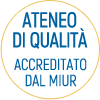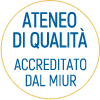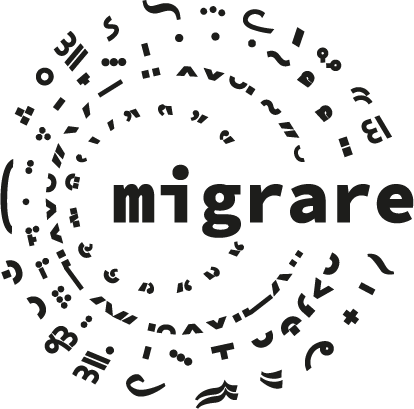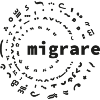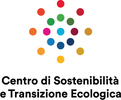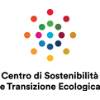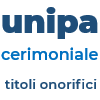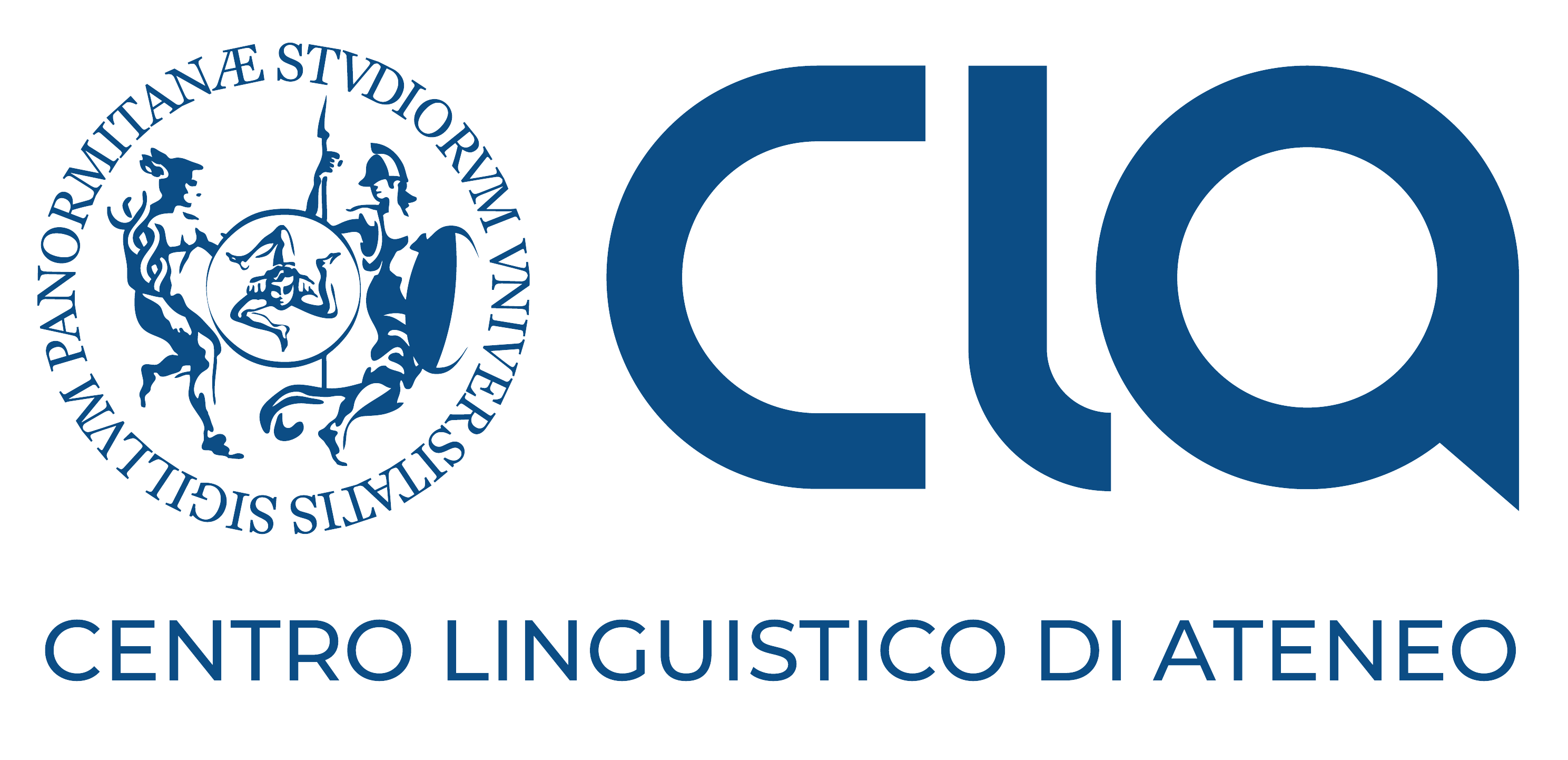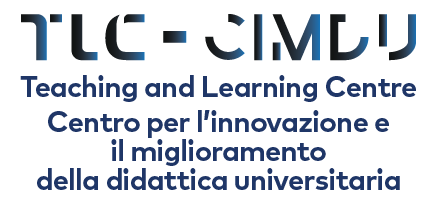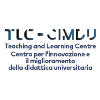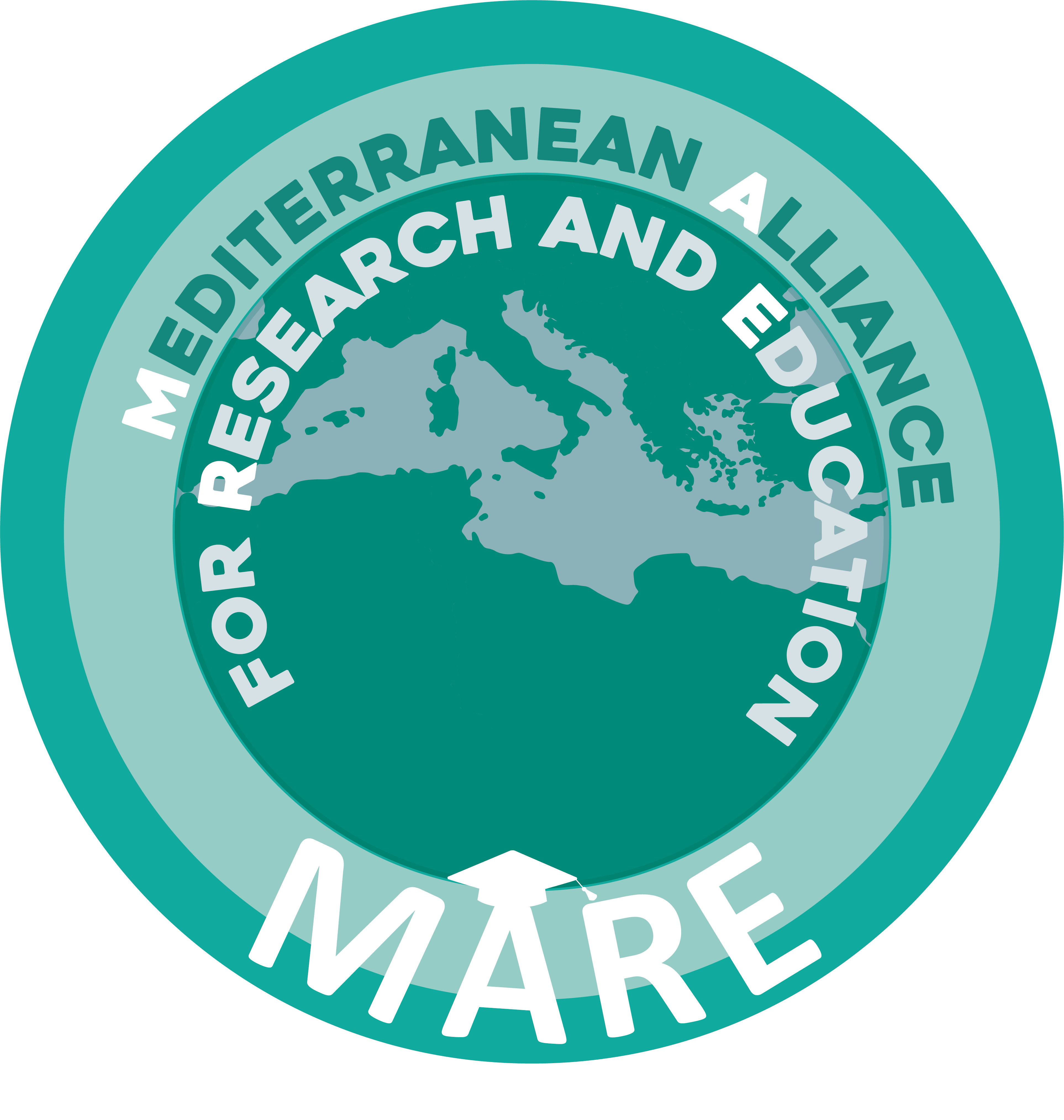Project Development
The following table outlines the Work Package (WP) activities, the Research Units (RU) involved and their workloads. LP=Lead Participant, P=Participant

WP1: Refinement and sharing of the data warehouse
- The database (L-ANS) is already available for all the RUs, as all the participants signed the agreement with the MIUR. A prototypical longitudinal archive of the careers of university students (L-ANS) has been constructed for three cohorts , structured as a person/year record file, including the relevant information on the students’ academic history and all transfers across Italian higher education institutions. Information on the careers will be updated every six months.
- The longitudinal Archive of University Graduates (L-ANS-ALM) will be obtained combining (L-ANS) with the database (ALM), just including the universities taking part in this project. Some northern and central universities will be included. The construction of this database will be based on the structure already determined for (L-ANS). A significant process of re-engineering is needed to achieve this aim.
- The database (L-HS) will be constructed linking the database (INVALSI-S-T-SC) with the (L-ANS). Each high school will contain the school+university careers for the students who graduated from that school.
- The database (L-UN) will be constructed linking (L-ANS) with the FFO and with the personnel database of each university, including university faculty hiring process and transfers in Italy.
WP2: The high school and the transition to university
In this WP the focus will be determined at the HS level. High Schools need to understand – as it is required by their RAV (Rapporto di Autovalutazione) – the “destiny” of their graduates in terms of mobility, gender, type of high school, drop-outs, regularity, time to degree etc. Special focus groups can be created in order to understand what teachers, parents and students say in the last years of the high school with respect to the students’ university career.
WP3: Student mobility: mobility flows and maps of university enrolment
(L-ANS) will allow us to investigate the performance of a cohort of students since their enrolment. In this way, we will obtain deeper insight into all the trajectories, focusing on migrants and non-migrants and their movements. We will stress the differences between movers’ profiles at the 1st and 2nd levels, focusing on the trajectories from South to Centre and North. Further, other minor trajectories will be included in order to construct a national student mobility map. Special focus will be done to several variables, which look to be determinant in the enrolment process (who decides not to continue with the university? Who, instead, is going to enrol at university and where? Who is going to be a stayer or a mover?).
WP4: Graduates placement
The main purpose of WP4 is to consider the occurrence of mobility after graduation, based on (L-ANS-ALM). As before, the student’s career histories can give further insights in understanding how inter-regional and inter-individual differences may have an effect on job seeking and on job quality.
WP5: Ad-hoc surveys and enquires
- WP5.1.1 Sample survey on movers decisions at enrolment (2nd level degree)
In order to achieve an in-depth understanding of movers’ trajectories, a sample survey will be conducted. It will be obtained drawing a sample of 1st level graduate students, not enrolled in a MA of the same university, from the databases of the universities involved in the project plus other southern universities. Two different questionnaires will be created: one for students not enrolled at all, and another one for movers and stayers. In this regard, it will be very useful to step up research into the motives that induce students to change universities, in order to understand among several motives, such as anticipate job mobility, attraction for the study programs, attraction for the university’s prestige, and attraction for student welfare policies. Also, the effect of the university context and the role of migration chain will be investigated. This survey will be conducted via mixed mode administration, i.e. using both CATI and CAWI methodologies. The University of Naples Federico II shall bear the expenses for the software and the call center. - WP5.1.2 Sample survey on movers at enrolment (1st level degree)
A second survey will be conducted on a sample of students who moved to enroll at a BA level course. Due to privacy restriction, (L-ANS) contains just the list of the movers from the South to the North, without any identification. This is why we will conduct two surveys: a CAWI and a CATI survey. (L-ANS) will identify the Northern Universities, in the migration network that, attract the largest numbers of southern students. The online survey will be launched using Facebook pages and groups, the Twitter profiles of these Universities, as well as on-line communities of southern students in the northern Universities. A snowball sampling strategy will be also implemented. A second survey will focus only on some large northern universities: ad hoc agreements with these universities will be signed in order to obtain the list and the names of southern students attending those universities. To do this, a CATI survey will be conducted. Sample sizes of the two surveys will most likely be the same. - WP5.2. Sample surveys on job movers
An online CAWI survey on a graduate sample at the 1st and 2nd levels will be conducted to explore how the respondents search for a job and use their networks to get information on jobs opportunities. We will explore whether, and to what extent, (i) job opportunities depend on the type and strength of the graduate’s networks; (ii) graduate’ networks influence, educational mismatching and/or (iii) mismatching can be related to the mover/stayer condition. - WP5.3 Surveys Help Desk
Considering the lack of some pertinent data on students and graduates (as socio-economic background, social network and territorial relationships, study or work activity abroad) we will provide a structured platform for online CAWI surveys, aimed at designing experimental studies on some target populations.
WP6: Students' mobility and university funding
The WP6 is intended to identify and assess the effects induced by the adoption of performance budgeting in the Italian higher education system at university and national level and to understand whether the funding mechanism has led to inequality and unfairness.
- WP6.1 University level
The analysis will be focused on how universities tackled the incentives posed by quasi-market and performance budgeting. In particular the analysis will try to understand how universities changed their strategies in order to “change their product” with the aim to improve their quality. Furthermore, the relationship between changes in strategy and university’s attractiveness will be investigated. Moreover, the relationship between student mobility and endogenous (e.g. quality of education, quality of research) or exogenous factors will be analysed. In this regard, a twofold notion of relevance of a university base will be explored: an extrinsic “centrality”, depending essentially on the values of exogenous context variables, and the intrinsic quality of the institution in terms of teaching and research activity and social impact as well (TERZA MISSIONE). Intrinsic quality will be eventually conditioned to available resources and funding received. The disentanglement of the contributions of these aspects to a university’s attractiveness is a major goal. Finally, changes in strategies and business models will be tracked, in order to identify some homogeneous patterns within the Italian higher education system. - WP6.2 National level.
The analysis will be aimed to identify factors that influence university attractiveness, which will be qualified in terms of student enrolments and incoming/outgoing flows of both students and university faculty. Metrics will be introduced to measure the degree of similarity of the strategies implemented by universities, in order to test for an effective correlation between strategy and attractiveness. A major working hypothesis here is that if exogenous factors (i.e. those not under the control of university management) strongly influence student choices, a performance-based funding system will lead to unfairness and inequality. Moreover, a contribution to this level of analysis will be provided by the network approach. By using network indices we will identify the universities and the territories that play a different role in the mobility network and determine their characteristics. On the other hand, by using clustering methods for network data we will identify important subnetworks. In addition, via block-modelling methods we will identify the core and peripheral universities in terms of attractiveness.
RUs' Project coordination
The RUs will share an on-line repository of the database and will interact through monthly video chat and calls. Each year, in a one-day workshop, they will discuss the results and advances.




